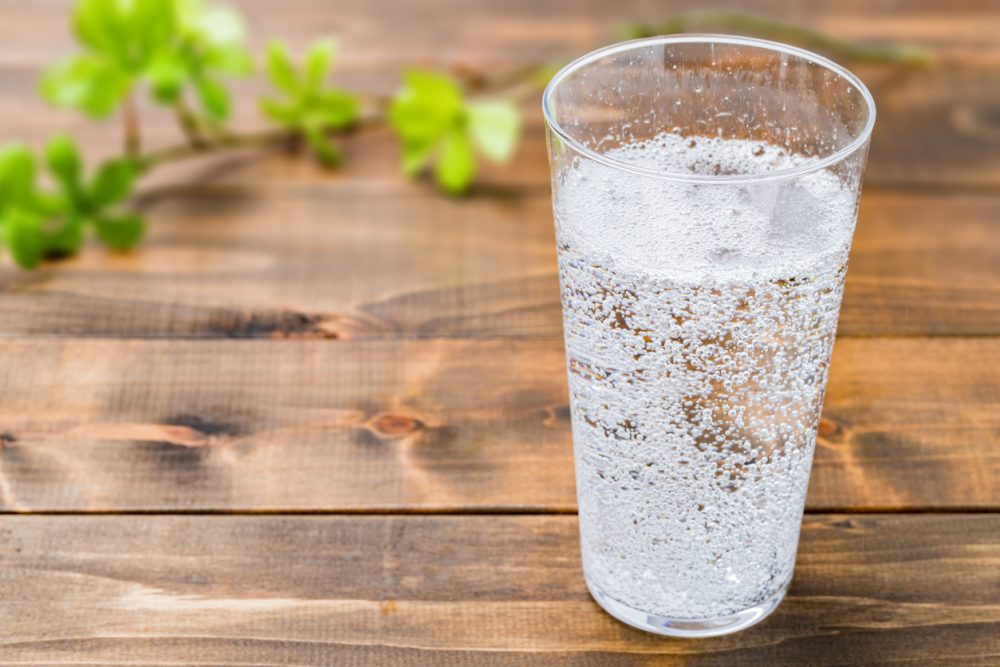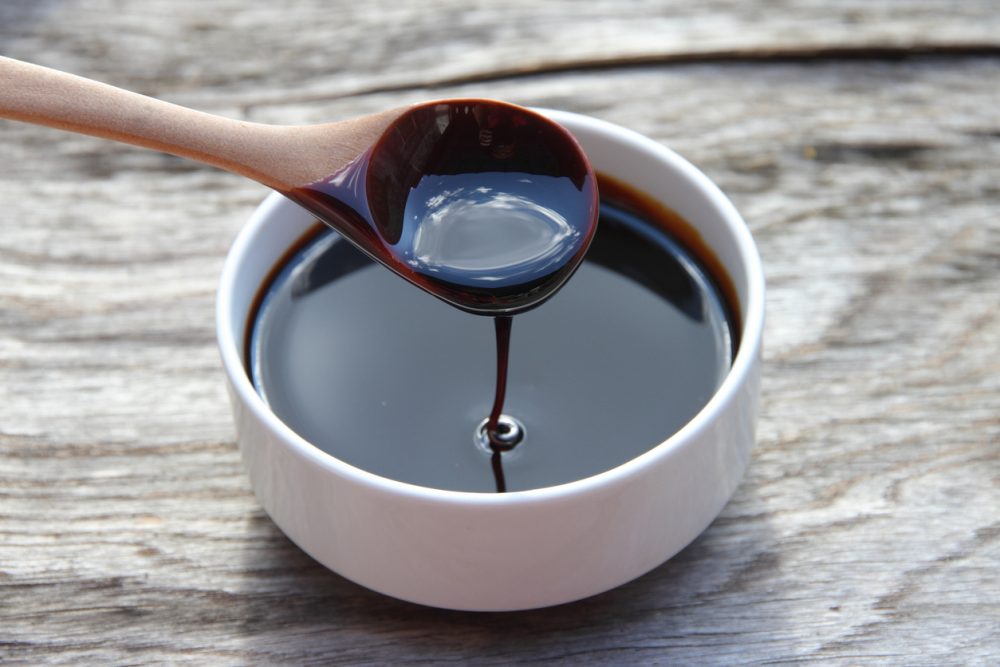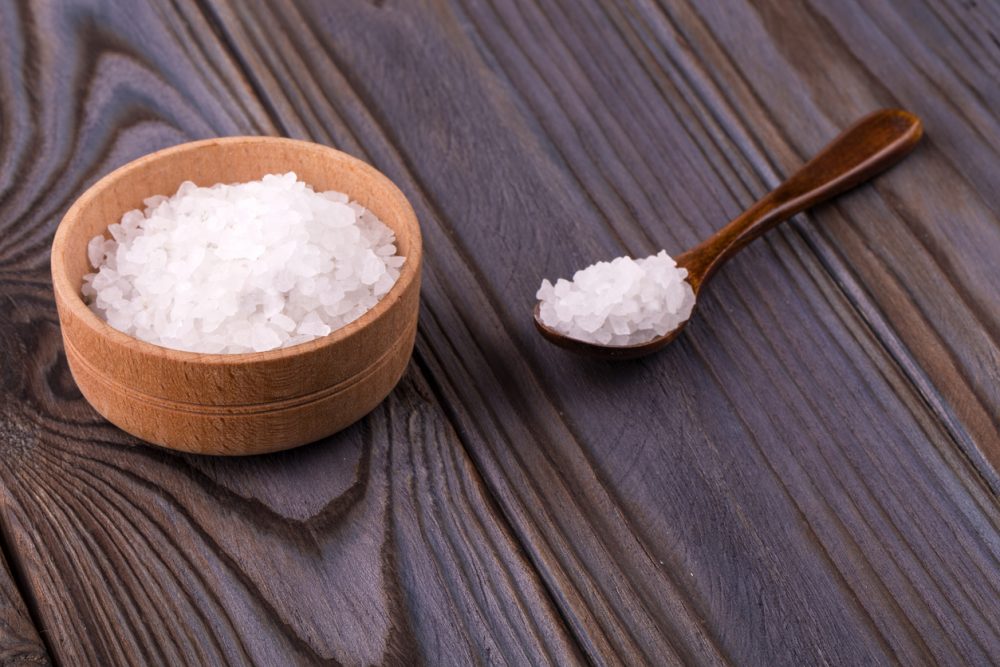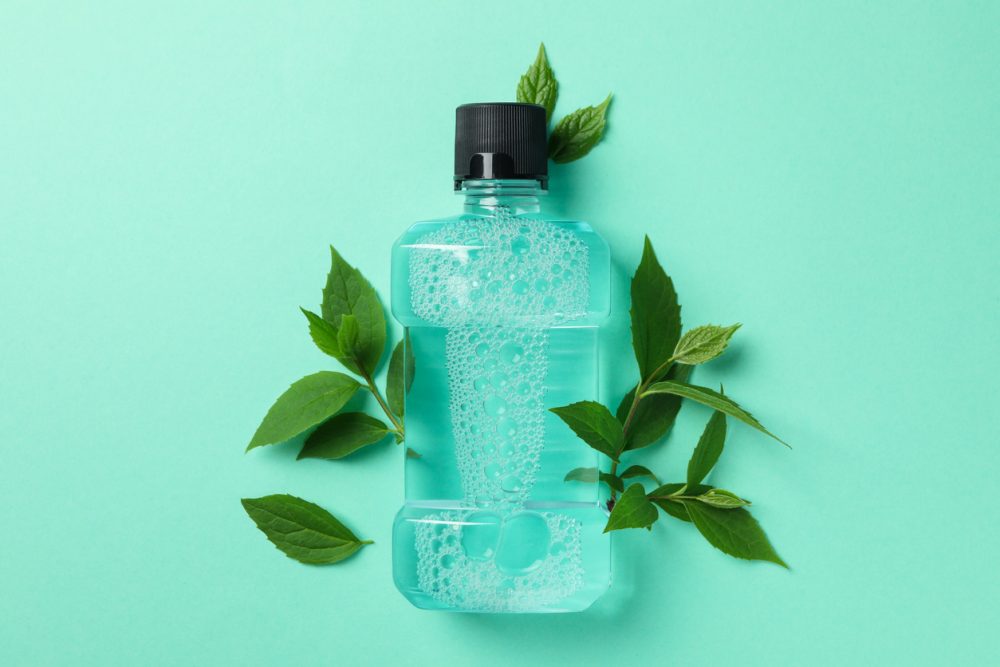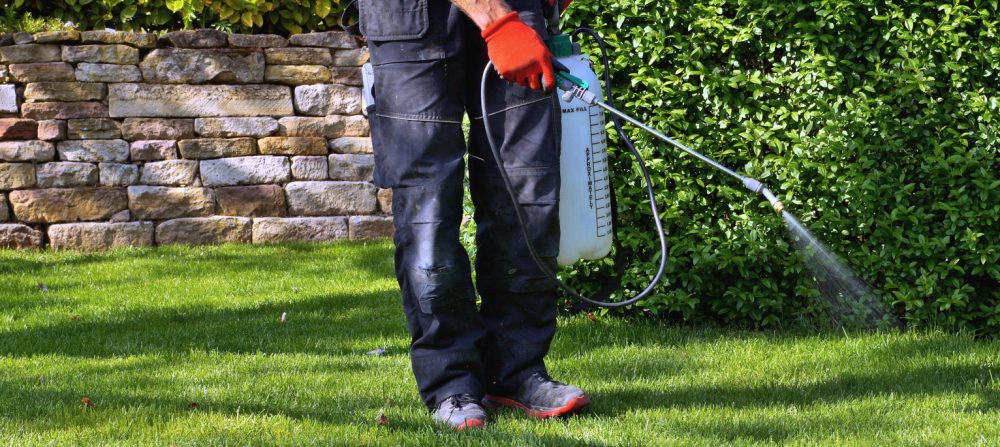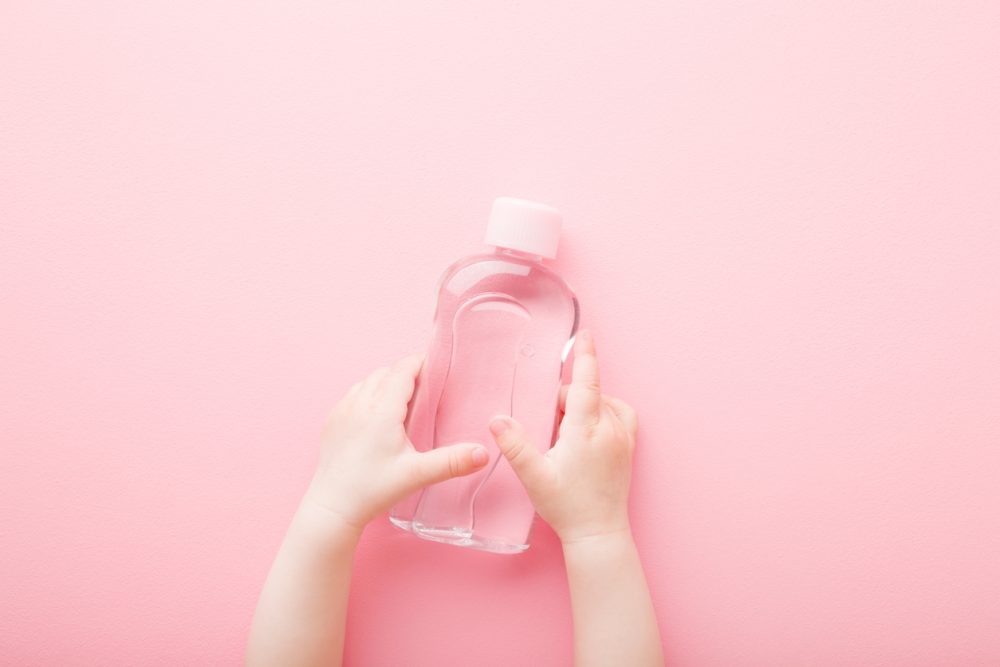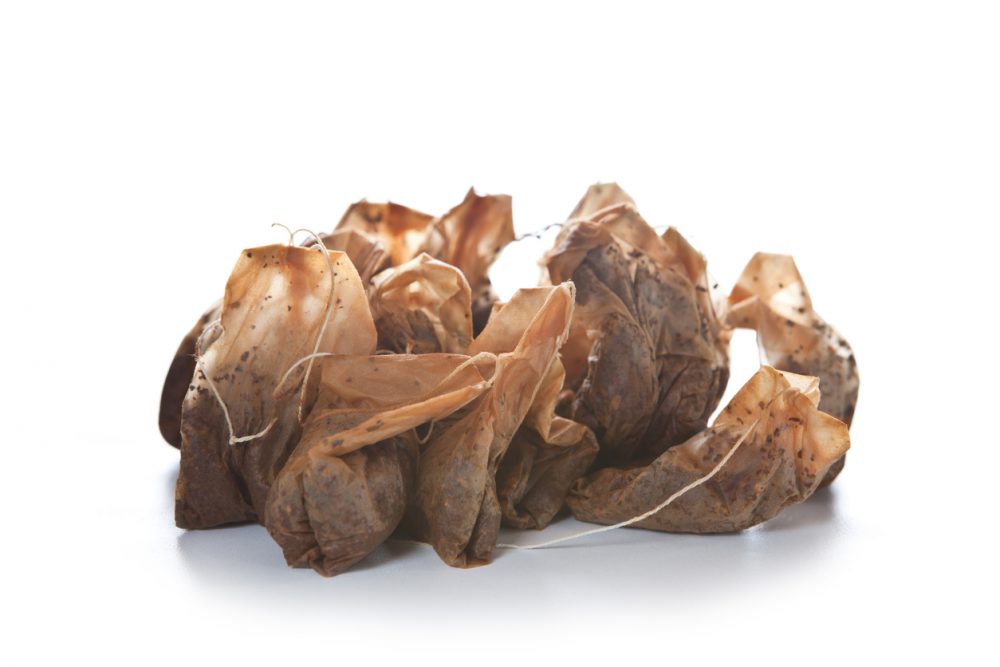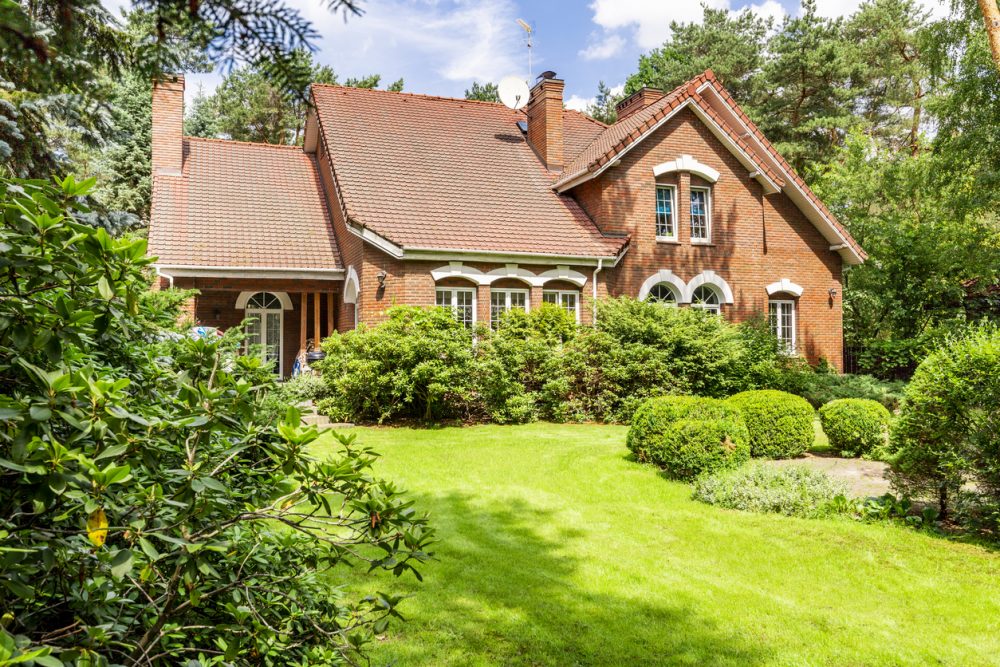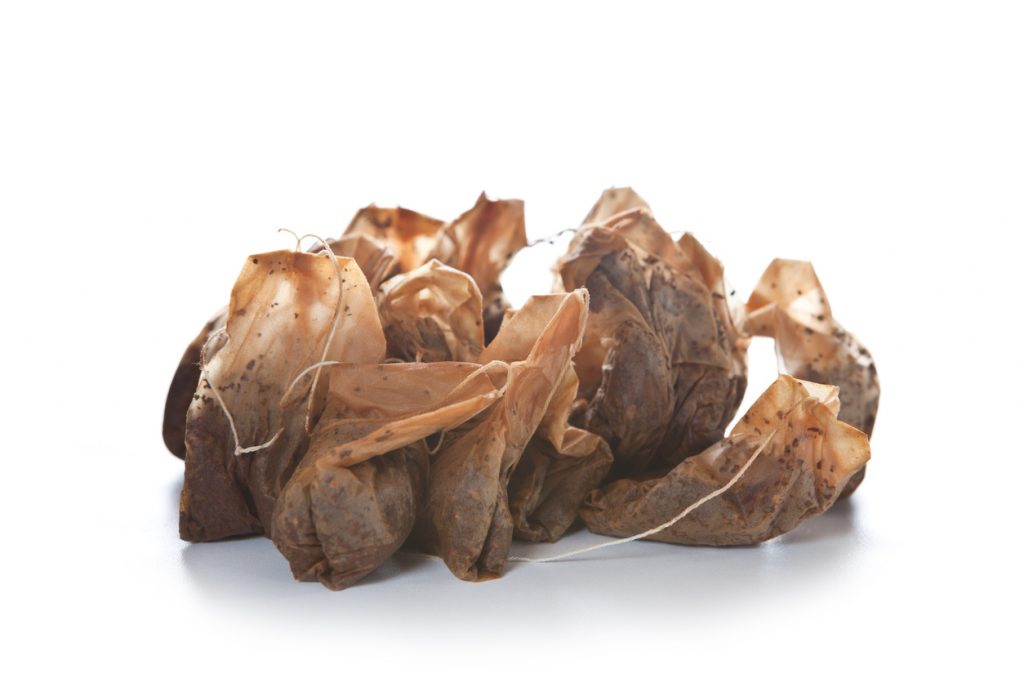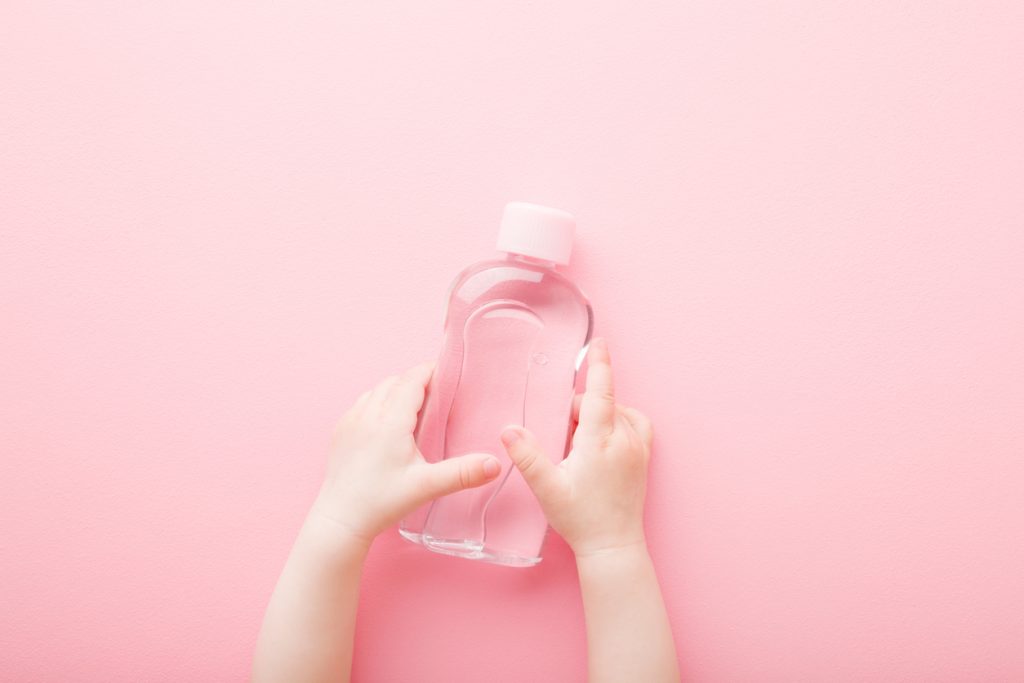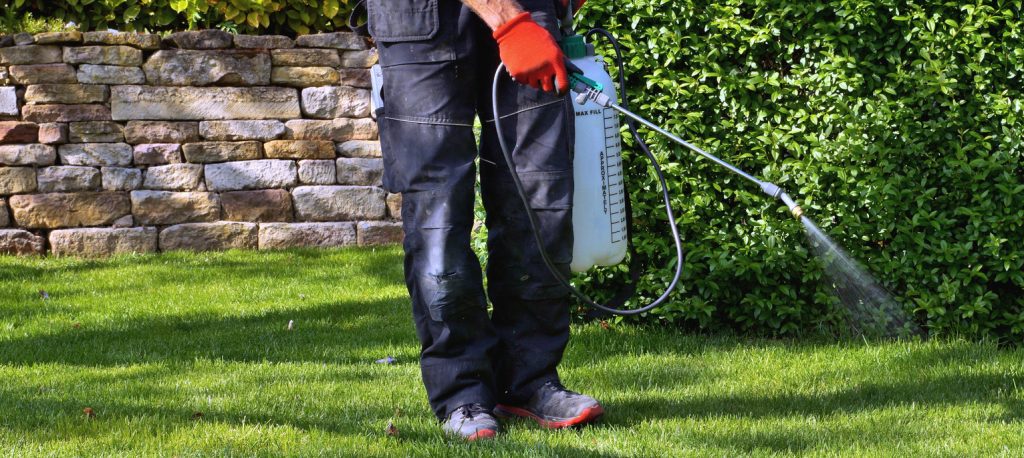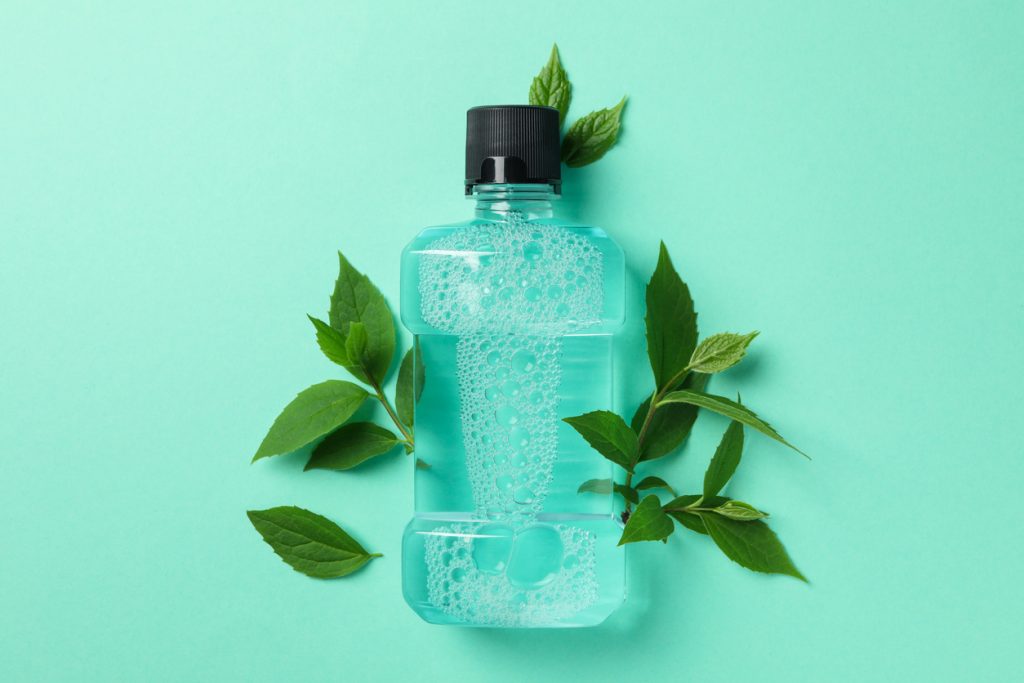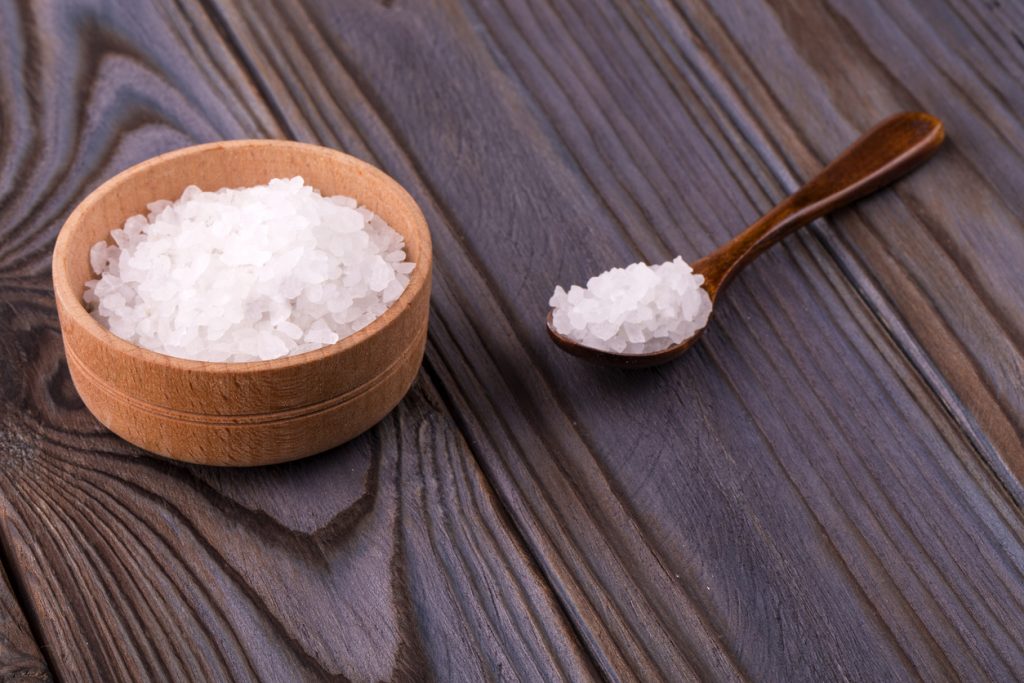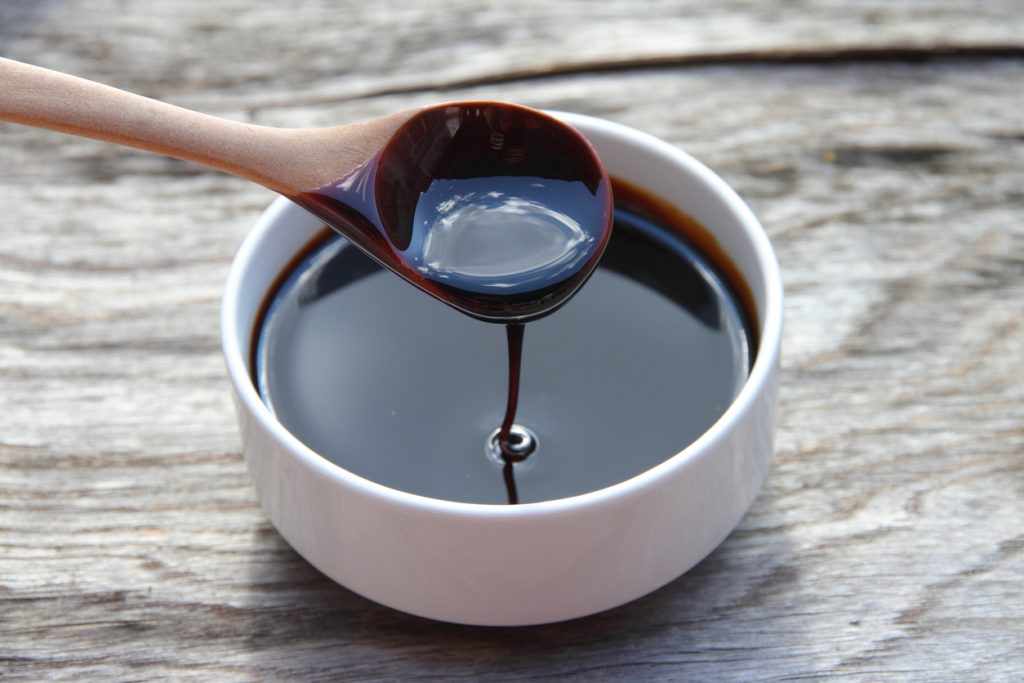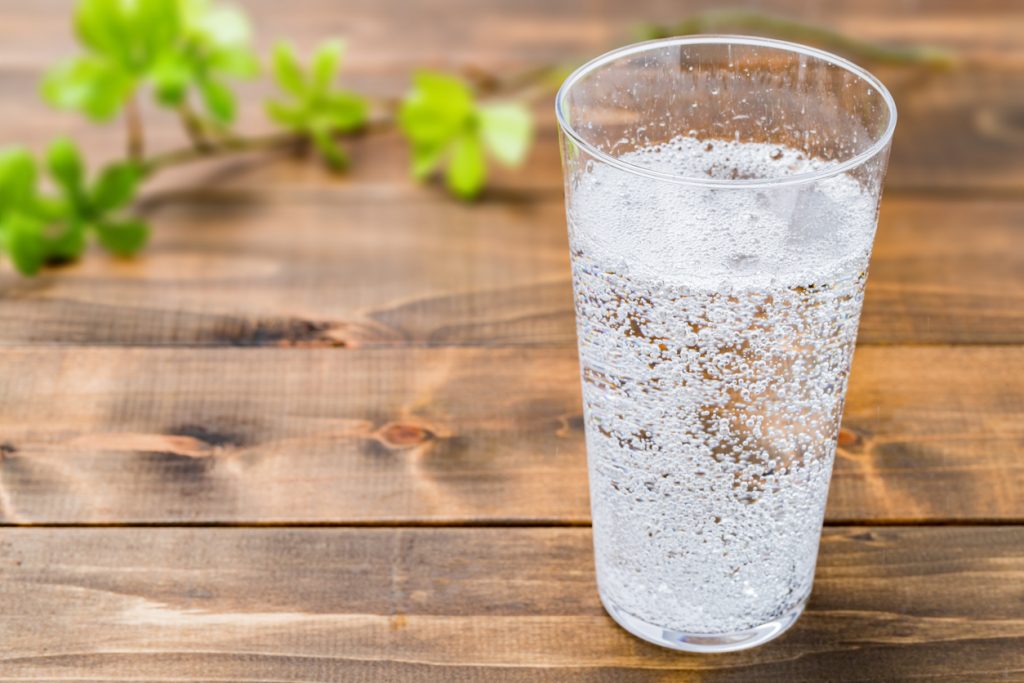Homemade Lawn Fertilizers – Get Greener Grass With These Recipes
Homemade lawn fertilizers are more than a gardening fad or a flash in the pan. The popular trend has been gaining ground lately, and if recent polls are any indication, it looks like chemical fertilizers are on their way out, which is a good thing for many reasons. Chemical fertilizers tend to dump a lot of chemicals into the soil, many of them go unabsorbed for a long time which impacts the structure and pH level of your soil.
Homemade lawn fertilizers are an innovative way to feed the turfgrass in your lawn using everyday organic materials. They are less expensive than their chemical counterparts, and their impact on the soil is less drastic. So, what type of organic materials are we talking about here? And can you just use any food or beverage leftovers to feed the grass? As it turns out, there’s a method to the madness of homemade fertilizers. So before you bust out all the containers and cans in your fridge, kitchen cabinets, and basement, have a look at the recipes we compiled for you.
Benefits of Homemade Lawn Fertilizers
Scientists and environmentalists keep warning us about dumping chemicals in the soil. Much like plastic in the oceans, those chemicals have a long shelf life and might take longer than you think to degrade and wash away. Homemade lawn fertilizers, on the other hand, are made mostly of organic materials that have a smaller footprint on the environment. Here are some of the benefits of using them.
- Less risk of burning the roots of the plants since this homemade plant food is mild and takes longer to break down.
- With so many different homemade fertilizers to make, you will choose the one that gives your type of grass the right nutrients it needs.
- Organic materials offer slow-release nutrients that feed the grass for weeks after applying and encourage its growth.
- By providing the exact nutrients the grass needs, it will grow healthier and greener.
- The quality of the soil improves as a result of all the organic fertilizers you pour into it. Since these materials will break down eventually, your soil becomes richer over time.
- You have more control over how mild or concentrated the fertilizer will be. And even if you give the grass more than it needs, the excess amounts will not damage the roots nor have a negative impact on the quality of the soil.
Recipes for Homemade Lawn Fertilizers
With all of these benefits, it’s no wonder homeowners are turning to make their own homemade lawn fertilizers. So which readily-available materials in your kitchen are the right candidate to make your plant food supplements? Surprisingly there’s a whole lot you can use to feed your plants and keep your grass looking greener on this side of the fence.
Compost Tea
The first item we’re going to use to make a homemade lawn fertilizer is compost. This organic material is every gardener’s best friend. But here, you’ll need aged compost. The older the compost, the better. So choose compost that is at least 6 months old since it has more nutrition concentrations than fresh compost.
How to Make it
- Fill a pillowcase with the aged compost and tie up the end or use a rubber band to seal it shut.
- Drop the compost bag in a 3-gallon bucket or bin and fill it with water to the edge.
- Move the compost bag in the water for a few minutes to mix the compost with water.
- Leave it to soak in a dark and warm place.
- Continue to stir the water occasionally.
- After three days, the compost tea is ready to use.
How to Use it
Fill a spray bottle with the compost tea and spray it on your lawn during the growing season. You can use it up to 4 times a year. As for the compost bag, you can get four compost tea batches out of it. After the fourth batch, sprinkle the compost leftovers on your lawn to enrich the soil.
Baby Shampoo
While baby shampoo doesn’t have any nutrients to add to the soil or feed the hungry grass, it nonetheless helps your homemade lawn fertilizer stick to the blades of the grass long enough for the roots to absorb it. So you will be using baby shampoo in combination with other ingredients such as beer or soda to create the fertilizer. Just make sure you are not using an antibacterial shampoo which could kill the good bacteria in the soil.
How to Make it
- For this recipe, you’ll need a can of beer, a cup of baby shampoo (about 200 mm).
- Pour the baby shampoo into a 10-gallon bucket.
- Add the can of beer or soda to the baby shampoo and stir it lightly.
- Fill the bucket with water making sure you don’t stir the fizz of the beer/soda or create foam.
- Stir the mixture and leave it to settle for a few hours.
How to Use it
Spray the mixture on the lawn evenly about once a month during the growing season. The baby shampoo has a lethal effect on the insects in the grass. It will penetrate the wax coating around their body and kill them. Keep in mind that the real nutrients are actually in the soda or beer.
Ammonia
Ammonia is the common name for an even common household material called ammonium hydroxide. It’s the basic ingredient of most cleaning products that you can easily get at the store. Ammonia is a rich source of both nitrogen and hydrogen, two essential nutrients in the soil. However, you’ll need other materials to make this recipe work. We recommend adding liquid soap and beer for a well-balanced and highly-nutritious homemade lawn fertilizer for your grass. Avoid using products with bleach.
How to Make it
- Fill a one-gallon bucket with water to the edge.
- Add a cup of ammonium hydroxide and stir.
- Pour a can of beer into the mixture.
- Mix in a half-cup of a liquid dishwasher.
- Leave it aside overnight to ensure the ingredients are mixed.
How to Use it
Fill a sprayer with the mixture and use a hose to sprinkle the lawn. You’ll need to walk fast as you spray to ensure that the grass doesn’t get a concentrated dose of the potent ammonium hydroxide. A one-gallon mixture of this ammonia recipe should give you 4 applications for every 1,000 feet of your lawn. Keep in mind that too much nitrogen could burn the roots of the grass.
Mouthwash in Homemade Lawn Fertilizers
While not exactly nutritious, mouthwash is an effective way to fight pests and fungal infections on your lawn. The only problem with this material is that it’s too expensive, especially if you have a large lawn. However, it works more efficiently than many pesticides, and it doesn’t have the same negative impact on the plants or the soil as chemical fungicides sold in the market.
How to Make it
- Fill a 2-gallon container with water.
- Add one liter of mouthwash.
- Mix well and let it settle.
How to Use it
This is a concentrated homemade lawn fertilizer recipe. You will need to be careful when spraying it. The alcohol in the mouthwash dilutes quickly in the water and kills fungal infestations and many other seasonal pests on the lawn. And since it’s water-based, the soil absorbs the mixture where it gets washed away the next time you irrigate your lawn. You shouldn’t apply this mixture to the lawn right before or immediately after watering the grass. Give it a few days to work its effect on the fungus and pests in the grass.
Epsom Salt
Much like ammonia, Epsom salt is packed with two ingredients that your grass will need to grow and thrive. Those two elements are sulfur and magnesium. Most lush green turfgrass varieties will benefit from those two components in the soil. So to make your very own homemade lawn fertilizer from Epsom salt, you’ll also need ammonia.
How to Make it
- Pour one cup of ammonia into a plastic container.
- Add a cup of Epsom salt to the mixture.
- Stir well and keep it in a sealed jar or a bottle.
- Keep it away from children or pets.
How to Use it
This homemade fertilizer has all the nutrients that the grass in your lawn needs. The ammonia supplies both nitrogen and hydrogen, while the Epsom salt provides the grass with magnesium and sulfur. But before you can use it, you’ll need to dilute it in water first. Add about 7 ounces (15 tablespoons) of the concentrated solution to five gallons of water. Use it to spray 1,000 square feet of the lawn. Again you’ll need to spray the fertilizer evenly and in moderation all over the lawn to avoid damaging the roots of the grass.
Molasses
You can use molasses to feed your turfgrass in the same way you have used soda and beer. Molasses are natural by-products of sugar manufacturing out of sugarcane. The liquid is packed with sugar and iron. Your grass needs soluble iron for photosynthesis while the sugar feeds the good bacteria in the soil. To make a well-balanced homemade lawn fertilizer, we will use Epsom salts with molasses.
How to Make it
- In a deep container, add two cups of molasses.
- Mix in one cup of Epsom salt and stir gently.
- Cover the container and leave the mixture overnight to dissolve.
- Store it in a sealed plastic container.
How to Use it
You can apply this nutritious mixture between 3 to 4 times during the growing season. Pour the contents of the container into a 2-gallon bucket full of water. Mix the ingredients well and spray it evenly all over the lawn. Water the lawn immediately after to wash away any traces of the sweet molasses. If you leave the fertilizer for a few days on the lawn without watering it, the sugary mixture could attract a lot of pests.
Club Soda
Soda water has plenty of nutrients for the grass on your lawn. It contains oxygen, hydrogen, sodium, and carbon. There’s also the sugar content which encourages the build-up of good bacteria in the soil. We will use soda, mouthwash, liquid dishwashing soap, ammonia, and beer to make this homemade lawn fertilizer. Any type of beer will do, but you shouldn’t use diet soda since it lacks sugar and could prove to be lethal to the grass if given in high doses.
How to Make it
- Use a medium-size plastic container with a cover.
- Add a can of club soda.
- Pour in a can of beer.
- Stir in a half-cup of ammonia and stir gently.
- Add a half-cup of mouthwash.
- Finally, mix in a half-cup of the liquid soap.
- Stir the ingredients continuously for a few minutes.
How to Use it
This well-balanced and high-nutritious recipe doesn’t need to be diluted in water before you apply. You can use it straight out of the container. Apply it once every three to four weeks during the growing season, starting in the early spring. Remember to water the lawn immediately after each application.
